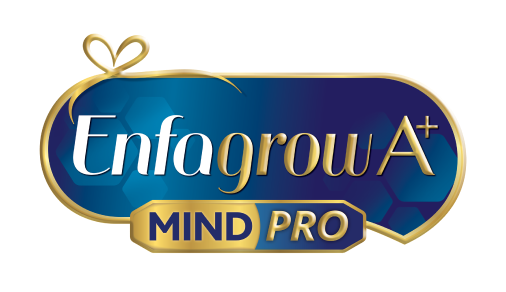
What Is Hydrolyzed Protein?
Before we get digesting hydrolyzed protein, you’ll need to know what it is. Hydrolyzed protein is a type of protein that’s hydrolyzed into amino acids and peptides. These are important for growing up children.
Why Protein Is Important for Growing Kids1,2
There’s no doubt children need protein for optimal growth and development. After all, it is a key nutrient for building and maintaining the human body.
|
Proteins are made up of long strands of different building blocks called amino acids. Our body digests the proteins that we consume and break them down into simpler units for absorption and use. |
|
The amino acids are also used as building blocks by our body. They don't only make up the physical structure of our muscles, bones and organs but are also components of our blood, hormones and enzymes. |
|
9 of the important amino acids cannot be made by our body and can only be obtained from the foods that we consume so they are classified as essential. Essential amino acid is normally found in animal protein. |
Benefits of the Hydrolyzed Protein
It’s important for all people to get hydrolyzed protein in their diet, but especially children. There are so many important benefits that you don’t want them to miss out on. Below is a list of Hydrolyzed protein benefits:
-
Intestinal health
-
Support immune system
Plant Protein Versus Animal Protein1,2
Do you know that, nutrient-wise, protein derived from animal sources is considered complete whereas protein from vegetable sources is incomplete? That’s because all the essential amino acids can be supplied by animal protein unlike vegetable protein.
|
Milk and meat, which are derived from animals, have complete protein and contain all the essential amino acids. Animal proteins are also digested more efficently than plant proteins3 |
|
Beans and other vegetables containing protein have one or more essential amino acids missing so vegetarians have to take other different vegetables to have a complete supply of amino acids. |
Partially Hydrolyzed Protein: Easy to Digest, Gentle on Tummy and Digestion
Not everyone can digest complex protein molecules well. However, science has provided the option in the form of partially hydrolyzed protein.
|
Partially hydrolyzed proteins, whereby regular protein is broken down into smaller size, is easier to digest and absorb4. |
|
There’s no difference in the nutrient value of partially hydrolyzed proteins vs regular protein. So, children with young delicate tummies are not left behind in terms of protein needs. |

Resources:
* Protein Hydrolyzation Process
- U.S. Food and Drug Administration. Protein. Available at https://www.fda.gov/food/food-additives-petitions/food-additive-status-…. Accessed on 18 October 2017.
- The Nemours Foundation. Learning about proteins. Available at http://kidshealth.org/en/kids/protein.html?ref=search&WT.ac=msh-p-dtop-…. Accessed on 18 October 2017.
- Hoffman & Falvo 2004. Protein-Which is Best? J Sports Science Med,3,118-130.
- Manninen AH. Protein hydrolysates in sports nutrition. Nutrition & Metabolism. 2009;6(1):38.


